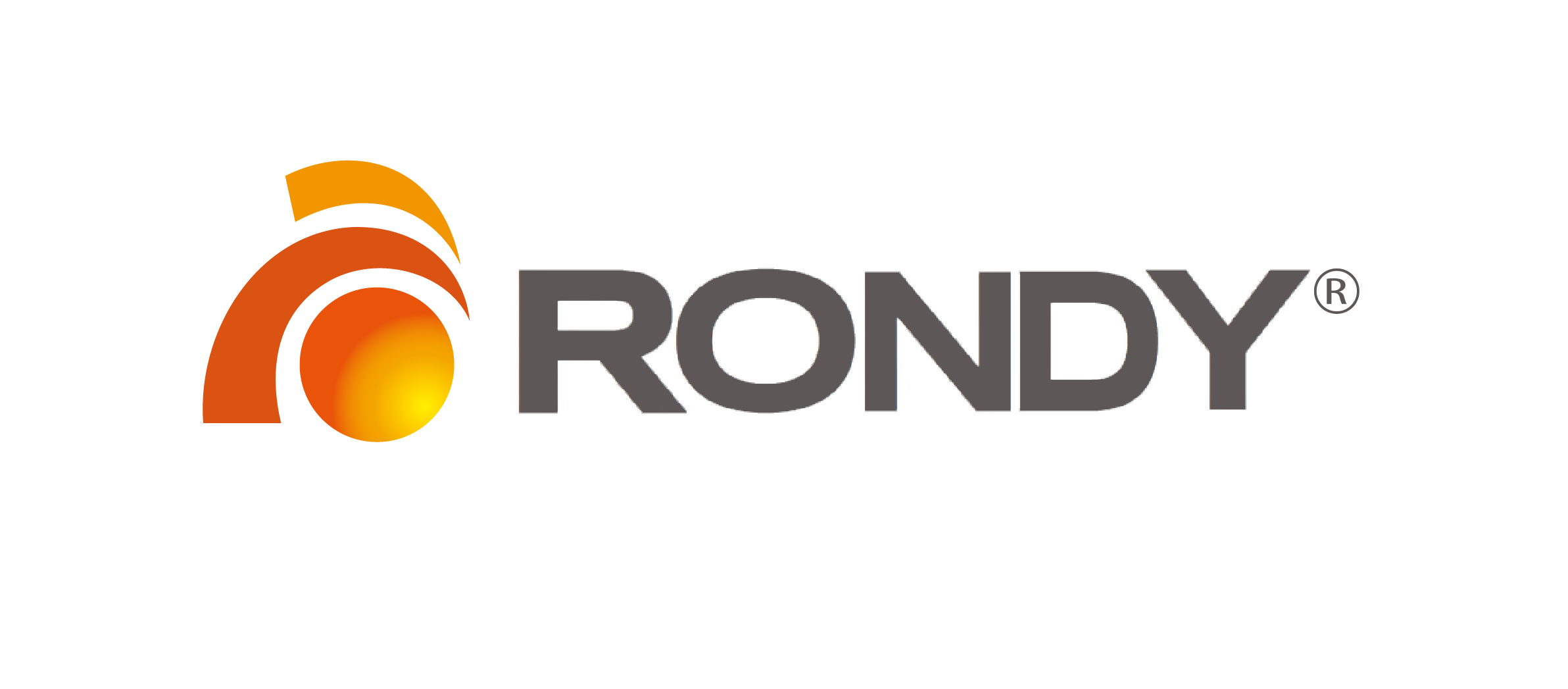Welding is a crucial process in various industries, from construction and automotive repair to shipbuilding and aerospace engineering. However, it comes with inherent risks, primarily due to sparks, spatter, and intense heat generated during the operation. This is where welding blankets become indispensable. Shandong Rondy Composite Materials Co., Ltd., a premier manufacturer and exporter of high-performance glass fiber and polyester textile fabrics in China, understands the significance of these protective tools. In this article, we delve into the top benefits of using welding blankets, highlighting their importance in ensuring safety, efficiency, and cost-effectiveness.
1. Enhanced Safety Measures
The primary function of welding blankets is to provide a protective barrier against the hazards associated with welding. Made from advanced materials such as glass fiber and polyester, these blankets are designed to withstand extreme temperatures, sparks, and molten metal spatter. By covering work areas, equipment, and even personnel, welding blankets significantly reduce the risk of burns, fires, and other accidents. This enhanced safety not only protects workers but also minimizes potential liability for employers.
2. Protection of Surrounding Surfaces
Welding operations often take place in environments where sensitive materials or finished surfaces are present. Without proper protection, these areas can suffer damage from heat, sparks, and slag. Welding blankets act as a shield, preventing thermal damage and preserving the integrity of surrounding structures. Whether it's protecting marble countertops during construction, safeguarding electronic components in automotive workshops, or maintaining the aesthetic appeal of ship interiors, welding blankets offer a versatile solution.
3. Cost-Effective Solution
Investing in welding blankets is a cost-effective strategy for businesses. The initial cost of purchasing high-quality blankets is quickly offset by the savings from preventing damage to equipment, surfaces, and inventory. Moreover, by reducing the risk of accidents, companies can avoid costly downtime, legal fees, and insurance claims. Shandong Rondy Composite Materials Co., Ltd. emphasizes the importance of choosing durable, long-lasting welding blankets that provide excellent value for money over their lifespan.
4. Versatility in Applications
Welding blankets are not limited to traditional welding setups. They find applications in a wide range of industries and scenarios. For instance, in marble processing, blankets can protect delicate surfaces from scratches and heat during cutting and polishing. In welding safety, they serve as personal protective equipment (PPE) for welders, shielding them from direct exposure to harmful elements. Additionally, welding blankets are used in tarpaulin applications, providing temporary cover and protection against the elements during outdoor projects.
5. Ease of Use and Maintenance
Modern welding blankets are designed for convenience and ease of use. They are lightweight, flexible, and easy to drape over work areas or equipment. Many models come with grommets or ties for secure fastening, ensuring they stay in place during operation. Furthermore, these blankets are easy to clean and maintain, requiring simple washing or brushing to remove debris and extend their lifespan.
Conclusion
The benefits of using welding blankets are undeniable. From enhancing safety measures and protecting surrounding surfaces to offering a cost-effective solution and versatility in applications, these protective tools are essential for any welding operation. Shandong Rondy Composite Materials Co., Ltd. is committed to delivering high-quality, cost-effective welding blankets that meet the diverse needs of various industries. By choosing our products, businesses can ensure a safer, more efficient, and profitable working environment. Embrace the advantages of welding blankets today and experience the difference they can make in your operations.

